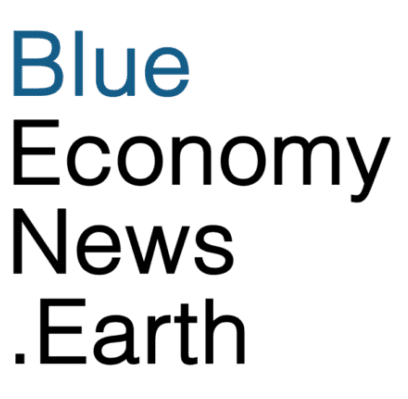International asset firm Robeco has introduced a tool that assesses companies’ contributions to nature loss, their mitigation efforts, and their plans to transition toward a more nature-positive business model. Called Biodiversity Traffic Light, it relies on data points that are mapped against the key impacts and core metrics defined by the Taskforce for Nature-related Financial Disclosures (TNFD) for each industry.
The tool categorizes companies as aligned, aligning, partially aligning and misaligned. Alignment means that the company is performing well relative to its sector peers from a nature impact perspective, and that it is credibly contributing to the global goal of halting and reversing nature loss. This categorization helps investors identify companies that are leading the transition to a more nature-positive economy and those that need to improve their practices.
The company said there are 37 priority industries with a high impact and/or dependency on nature. The traffic light focuses on the first of three drivers of nature loss as defined by the Intergovernmental Science-Policy Platform on Biodiversity and Ecosystem Services (IPBES):
- 1. Land and ocean use change: Deforestation, land degradation, and changes in ocean use that lead to habitat destruction.
- 2. Overexploitation of natural resources: Water overconsumption, overfishing, and other forms of resource depletion.
- 3. Pollution: Untreated wastewater, pesticides, plastics, and other pollutants that harm ecosystems.
The assessment takes a sector-by-sector approach, focusing on the drivers of nature and biodiversity loss that are most material to a given industry such as water consumption and hazardous waste generation, as well as business metrics such as sourcing of renewable or recycled materials.
Companies are also assessed on their governance of nature. That includes board oversight and disclosure and targets and commitments for reducing their impact on nature. The assessment only accepts targets that are specific and time-bound, i.e. they must have a baseline year, a target year and a quantitative ambition level are considered. The assessment also considers whether companies are involved in environmental controversies.
To become a leader, a company must have both a current performance and future plans that are average-to-strong. If a company’s current performance is weak, it will be assessed as misaligned, unless it has strong future plans such as commitments to reduce plastic packaging, chemical use, and levels of waste, as well as implementing repair or take-back programs. All other companies are assessed as partially aligned, as they will have both strengths and weaknesses.
Currently only a limited number of core TNFD metrics are widely reported, such as greenhouse gas emissions, water consumption, waste generation and air emissions. For other metrics such as land use change and soil pollutants the tool will use business-related metrics to amplify the analysis. The model also uses a variety of public and private data sources enhanced by large language models.
Currently, the tool reveals, in TNFD priority sectors, where nature impacts and dependencies are high, 30% of companies are aligned or aligning, while 40% are misaligned and the remaining 30% is partially aligning. This reflects the fact that many companies in high-impact industries are still at an early stage of addressing their adverse impact on nature.
New Avoided Emissions Platform
In April Robeco, Mirova, Edmond de Rothschild AM, I Care and Quantis also introduced the official launch of the Avoided Emissions Platform. This platform aims to employ a transparent methodology for calculating avoided emissions, often referred to as “Scope 4,” which is a vital metric for the transition to a sustainable economy.
The group said the AEP is supported by 12 asset managers and owners, representing more than $4 trillion of assets under management, as well as one international Corporate Investing Bank, six recognized data providers, 13 leading corporates and an independent scientific committee.
The AEP models the avoided emission factors for 65 climate solutions. It is based on a transparent and open access methodology for calculating avoided emissions. The group said some of the benefits include:
- Financial institutions gaining enhanced decision-making capabilities through reliable, harmonized metrics that help align their portfolios with global net-zero objectives.
- Companies accurately calculating and reporting their avoided emissions, improving credibility and access to capital while gaining a competitive edge.
- Consultants and data providers gaining access to comprehensive resources, fostering collaboration and market differentiation.
- Regulatory bodies receiving valuable insights to inform policy development and track progress toward climate goals.
- Academics obtaining robust data for research and the advancement of sustainability methodologies.
“The financial sector plays a key role in driving the economy towards net zero emissions globally,” said Manuel Coeslier, Lead Expert, Climate & Environment at Mirova. “Clear and comprehensive information on companies’ true contributions to this goal is essential, notably through the provision of climate solutions. We are confident the Avoided Emissions Platform will soon establish itself as a global market platform, thus enhancing ambition and transparency in measuring avoided emissions.”

